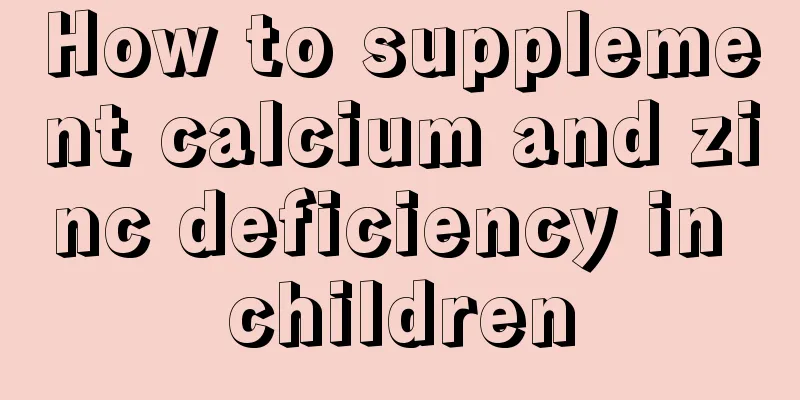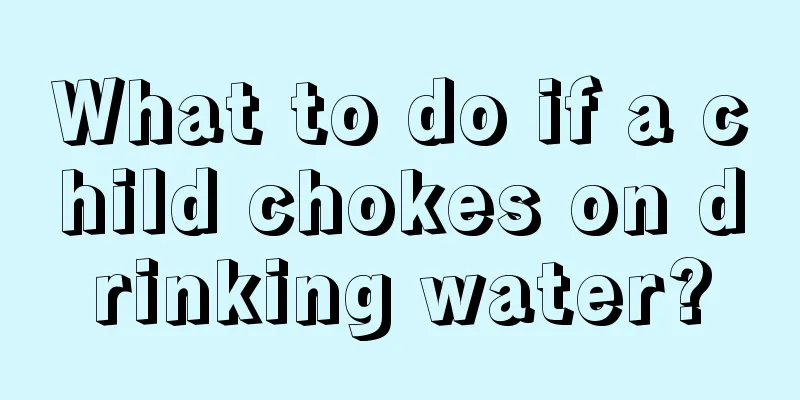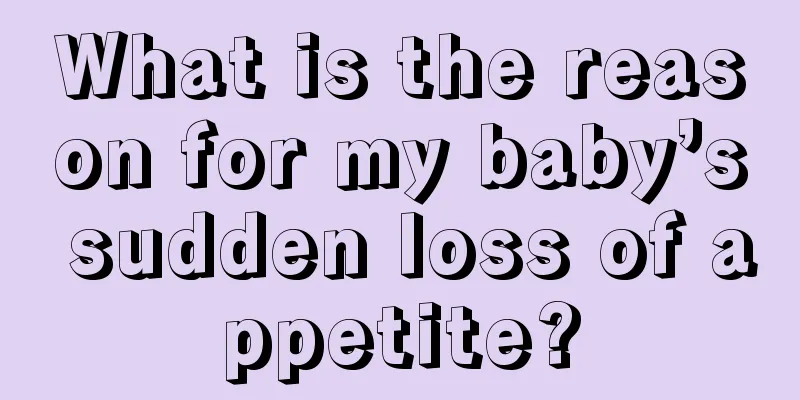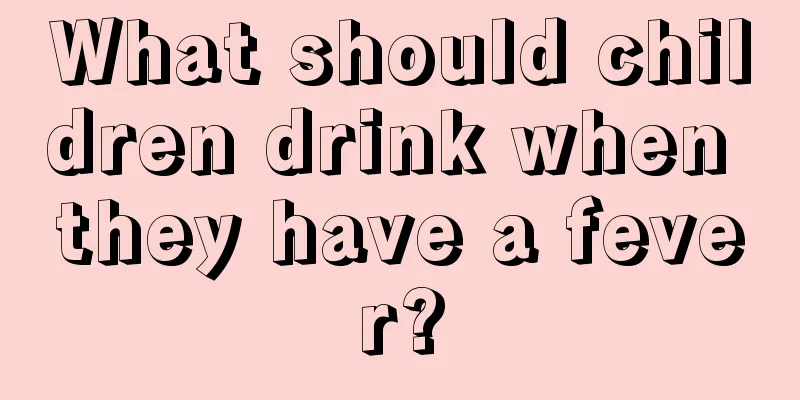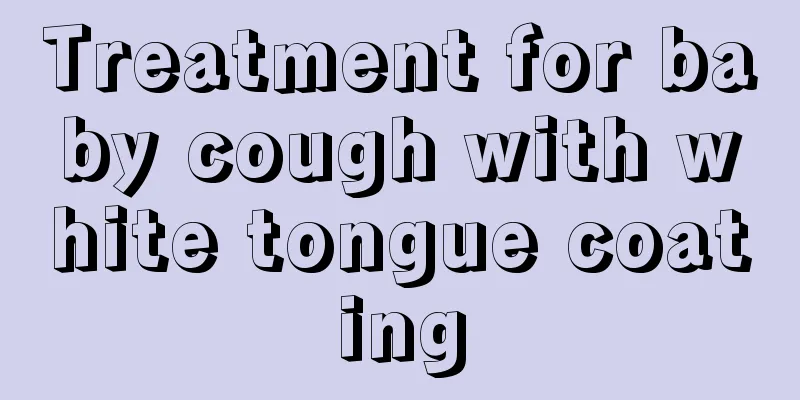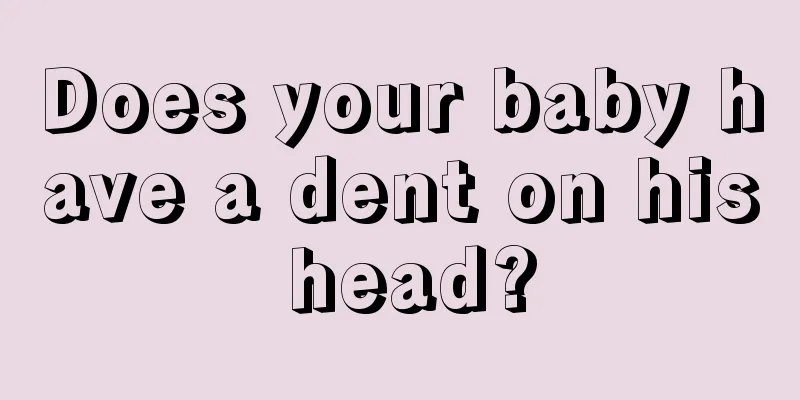Nursing methods for children with high fever convulsions
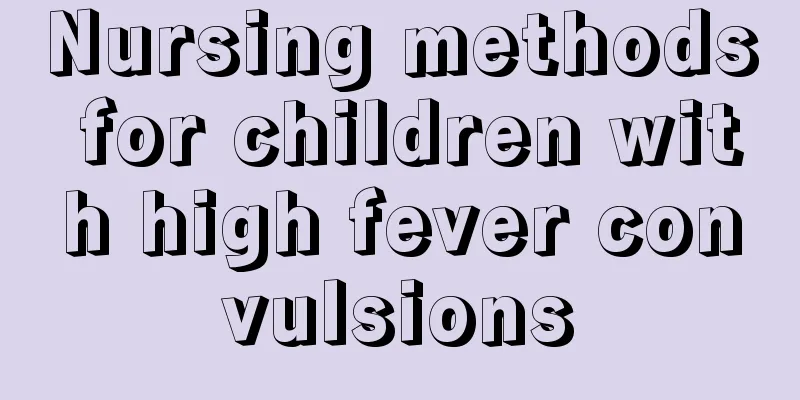
|
Once a child has a high fever that does not subside, he or she is likely to suffer from febrile convulsions. Therefore, this phenomenon is quite frightening for parents and friends, and they must understand scientific and effective treatment and care methods. The following is a detailed introduction to some scientific care for pediatric febrile convulsions. It is hoped that through the introduction of these care methods, parents can solve the problem correctly. Infants who experience repeated seizures should be sent to the hospital for treatment as soon as possible to quickly control the convulsions and prevent persistent convulsions. For children with high fever, cooling measures should be taken as soon as possible to reduce the possibility of secondary convulsions. Children with a history of febrile convulsions should pay attention to their development. If they show signs of mental retardation, they should be treated under the guidance of a doctor. The key to preventing this disease is to enhance children's resistance and avoid respiratory tract infections or other infectious diseases. Once the above diseases occur, you should take antipyretics immediately and seek medical attention in time to prevent high fever convulsions. Once a high fever convulsion occurs, do not panic and never scratch your throat with your hands to avoid aggravating the condition. The child should be immediately laid flat on the bed or table to prevent him from falling and getting injured during convulsions. The head should be turned sideways, a dental pad should be placed between the upper and lower molars to prevent the tongue from biting, the collar and belt should be loosened, ice packs or wet towels should be placed on the forehead, neck, armpits and thigh roots to cool down, acupuncture points such as Ren Zhong, Hegu, Neiguan, etc. should be pressed to stop the shock, and the patient should be sent to the hospital immediately for medical treatment. For children, no matter what diseases they have, the impact on their health is relatively large, so we must pay attention to the knowledge and understanding of these common sense, so that we can help them as soon as possible, reduce the occurrence of more adverse effects, and thus better ensure the baby's health. |
<<: Prevention of febrile seizures in children
>>: What causes nose bleeding in children?
Recommend
Symptoms of baby choking on trachea
Many mothers find that their babies often cough w...
What is the correction method for overbite of deciduous teeth?
As the old saying goes, don't show your teeth...
What is the cause of the child's foaming at the mouth?
Epilepsy, also known as epilepsy, is a disease th...
What medicine should children take for dry cough?
Children's body resistance is very low. If pa...
Newborn baby convulsions in sleep
Generally, after a newborn baby falls asleep, par...
What to do if children have ovarian cysts?
Ovarian cysts are most likely to occur in adult w...
What happens when a child has a nosebleed?
Because children lack experience, they are comple...
What should I do if my four-month-old baby can't sleep well at night?
The baby is one of the most important members of ...
Where do children come from?
When we were very young, we always asked our pare...
Baby's belly button bulging
We all know that the belly button of a child is a...
White discharge from nose
The mucus that runs through the nose during a col...
Treatment of neck ulcer in children
The hot summer is coming, and many children alway...
Height and weight standard for 6-year-old children
When a woman becomes pregnant, she should go to t...
How to improve baby's appetite?
Many mothers are worried when they see that their...
Symptoms of baby's stomach pain, be alert after reading
If a baby who can't speak yet has stomach pai...
